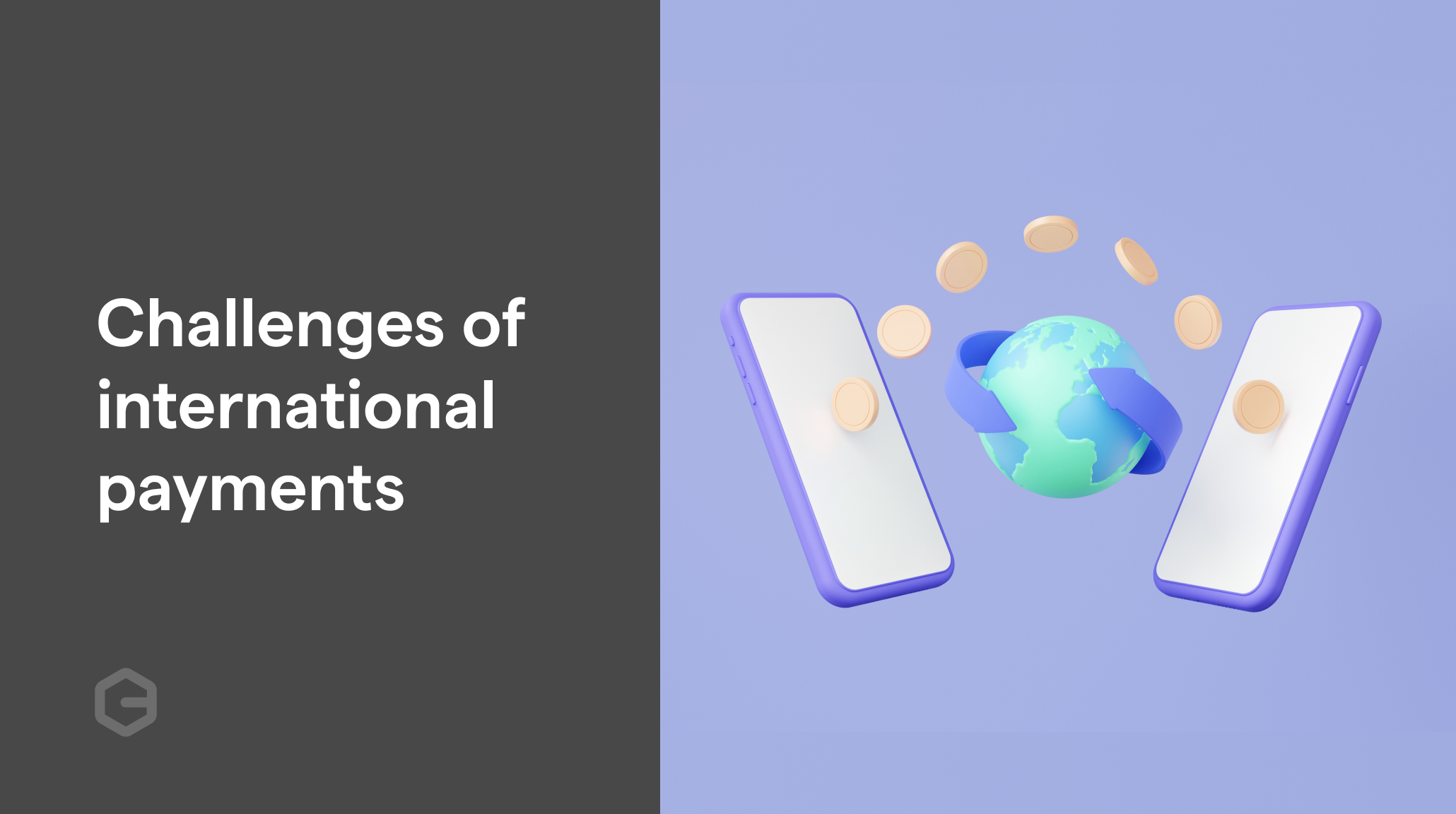Introduction
In the dynamic world of international commerce, the Import-Export Code (IEC) emerges as a crucial facilitator for Indian businesses venturing into cross-border trade. Mandated by the Directorate General of Foreign Trade (DGFT), the IEC is a unique 10-digit identifier that holds paramount importance for companies involved in both import and export activities. From tracking cross-border transactions to enabling access to export promotion schemes, the IEC is the cornerstone for those venturing into the realm of global commerce. This blog aims to illuminate the significance of IEC for Indian merchants, providing a concise overview of its role in streamlining global trade operations.
What is IEC?
The Importer Exporter Code (IEC) serves as the linchpin for Indian businesses seeking to engage in international trade. Issued by the DGFT, this 10-digit code is a non-negotiable prerequisite for companies participating in import and export activities. It plays a pivotal role in tracking cross-border transactions and is essential for obtaining licenses such as Goods and Services Tax (GST) registration. The IEC is crucial for customs procedures, enabling exporters and importers to send and receive goods internationally. Additionally, it is essential for processing international payments related to their services. Furthermore, having an IEC grants access to benefits under DGFT's schemes.
Applying for IEC
To obtain an IEC code for their business, merchants can apply conveniently through the DGFT website. Alongside essential information, applicants need to submit the following documents (Source: ClearTax):
- Copy of PAN Card for individuals, firms, or companies.
- Voter ID, Aadhaar card, or passport copy for proprietors.
- Proof of establishment, incorporation, or registration for partnerships, societies, proprietorship firms, companies, HUF, etc.
- Proof of business premise address (sale deed, lease deed, rent agreement, or utility bills like electricity, telephone, or mobile bills).
- Cancelled cheque copies of current bank accounts for individuals, companies, or firms.
- A self-addressed envelope for the IEC certificate's delivery via registered post.
After successful completion of the application completion and payment, the IEC Certificate will be issued, almost immediately
Updating IEC
As per Trade Notice 18 / 2021-2022 issued by DGFT on 20th September 2021, all IEC holders are to ensure that details in their IEC is updated electronically every year during the April-June period. Even if the information provided has not changed, the IEC holder must confirm electronically between April and June of each year to avoid deactivation.
Benefits of IEC
In global trade, an Importer Exporter Code (IEC) is essential for businesses venturing into international markets. Whether dealing in goods or services, having an IEC offers advantages such as subsidies and benefits from Customs, DGFT, and Export Promotion Council. It's a key requirement that ensures smooth cross-border trade operations and positions businesses for global success.
Conclusion
The Importer Exporter Code (IEC) stands as a pivotal force propelling Indian businesses into the global trade arena. The IEC not only unlocks international markets but also grants access to lucrative benefits under various schemes, catalyzing growth and expansion opportunities. In the dynamic landscape of international commerce, the IEC is not merely a prerequisite; it is a transformative tool revolutionizing trade for Indian importers and exporters, empowering them to thrive on the global stage.



